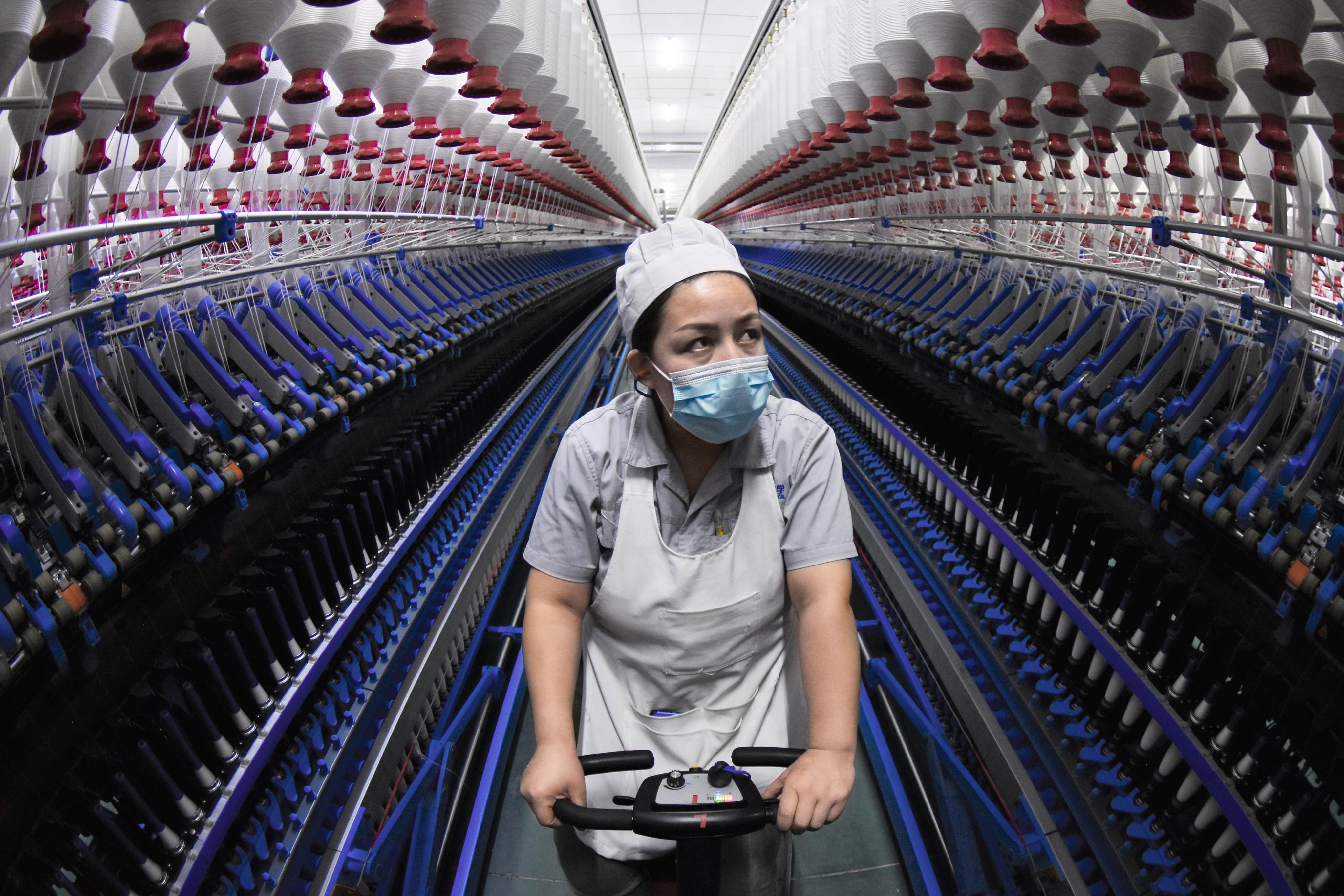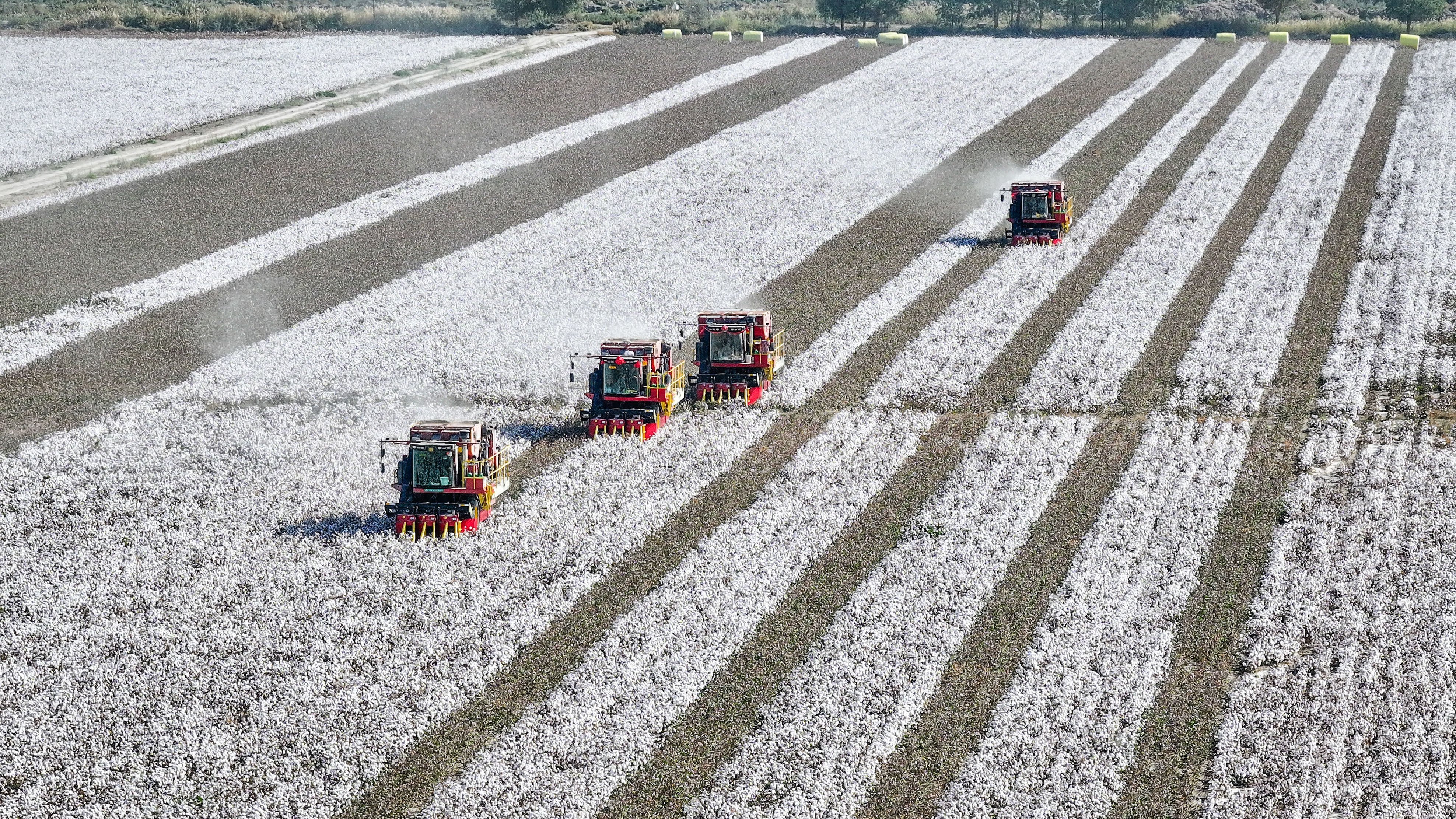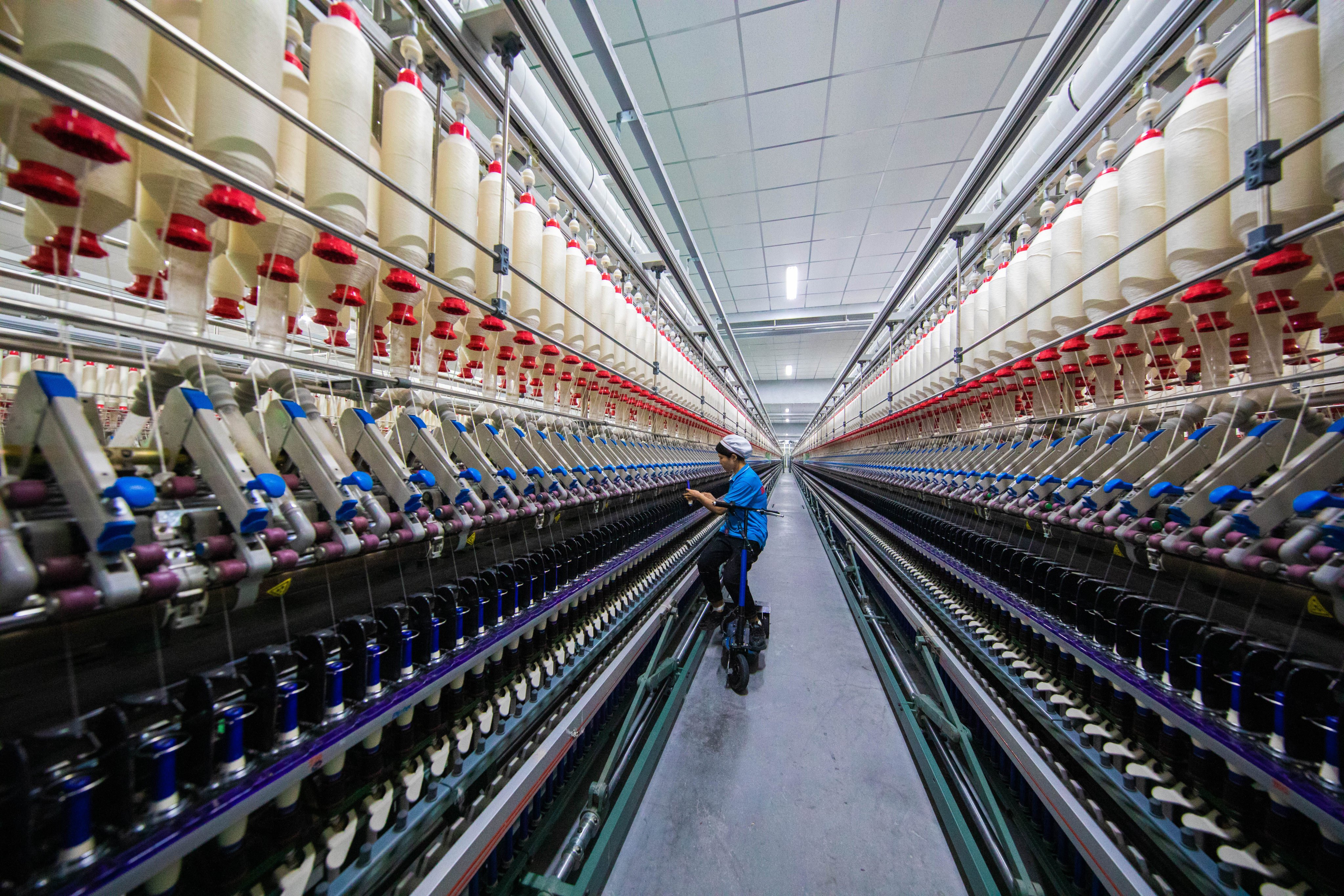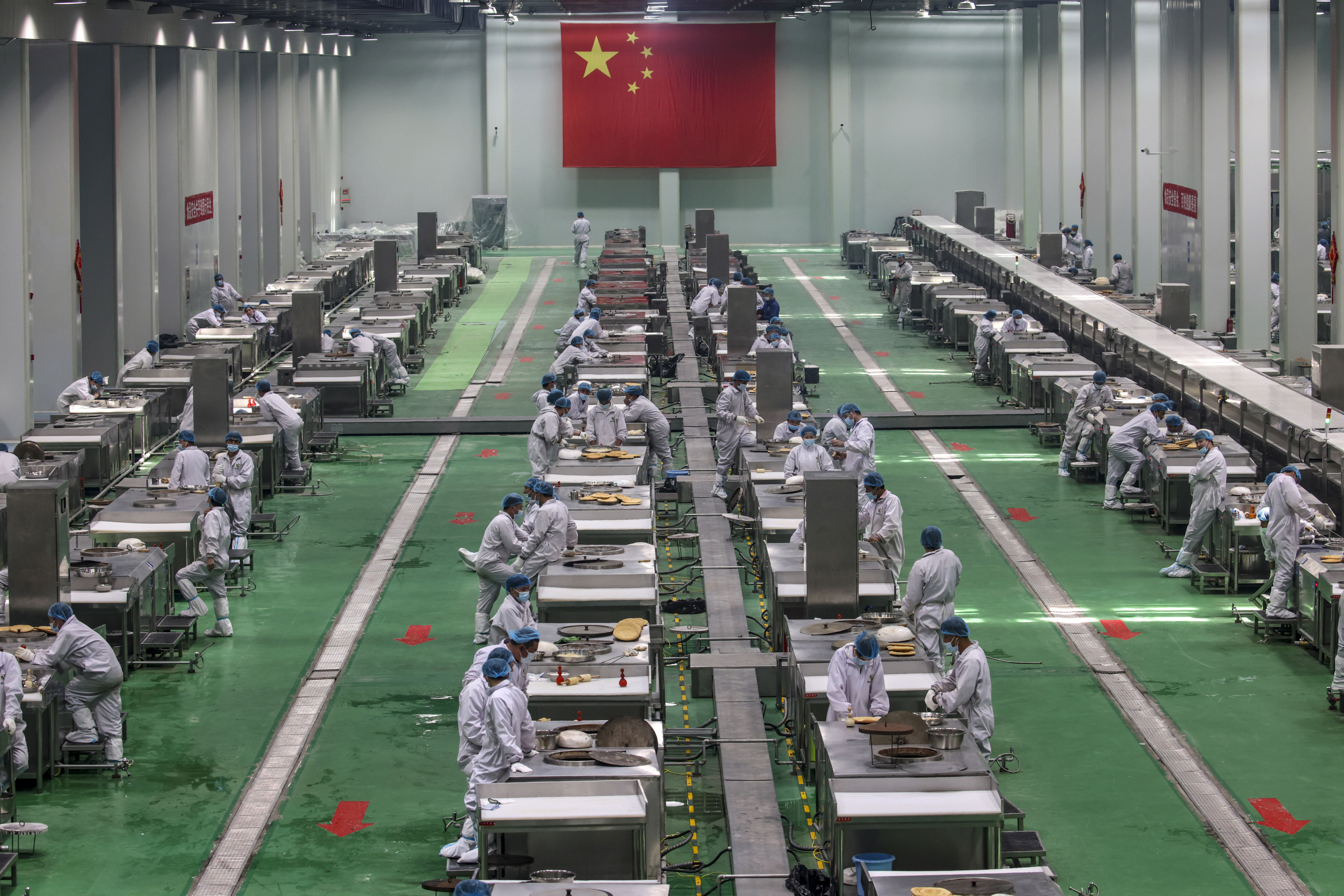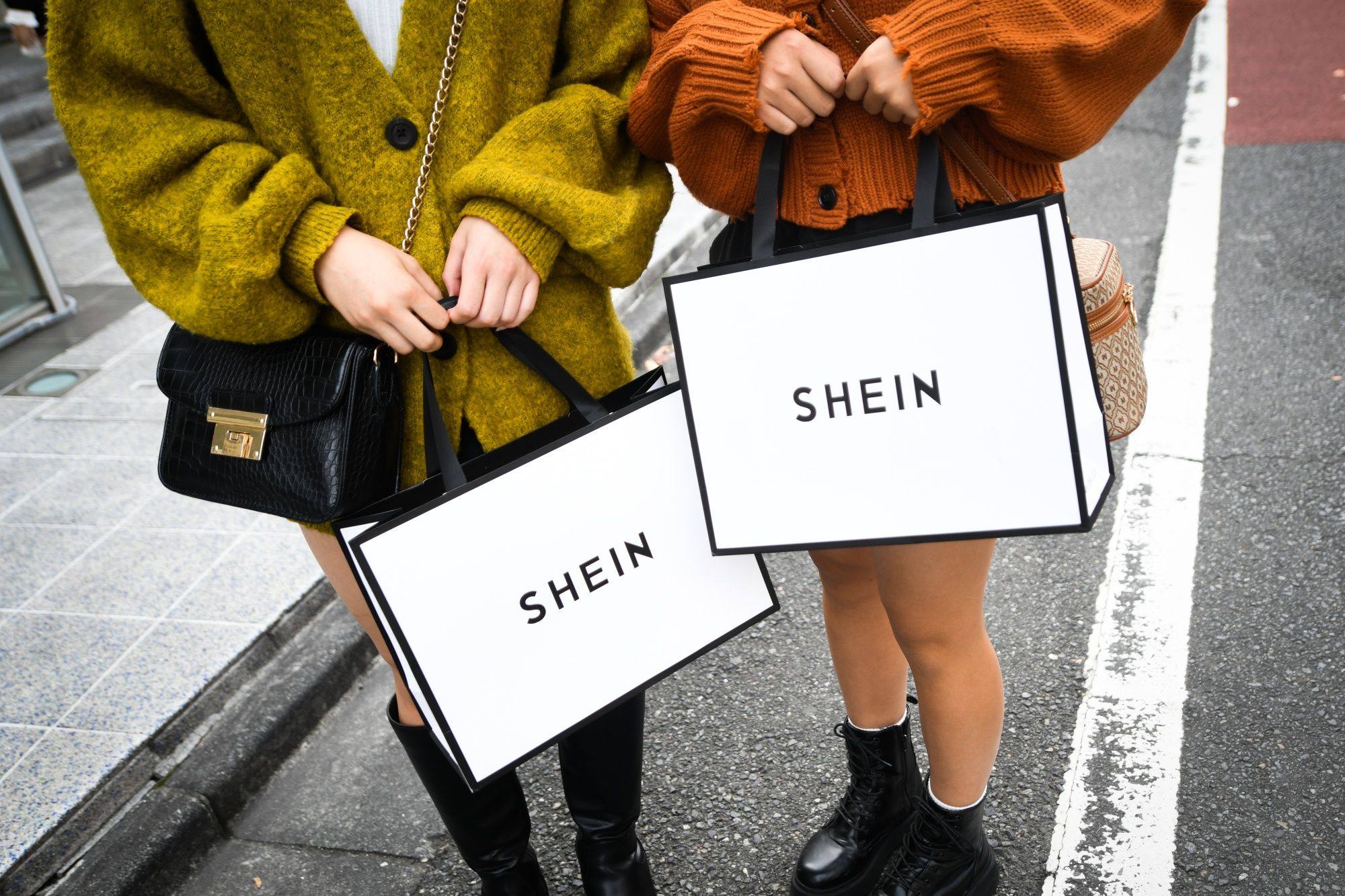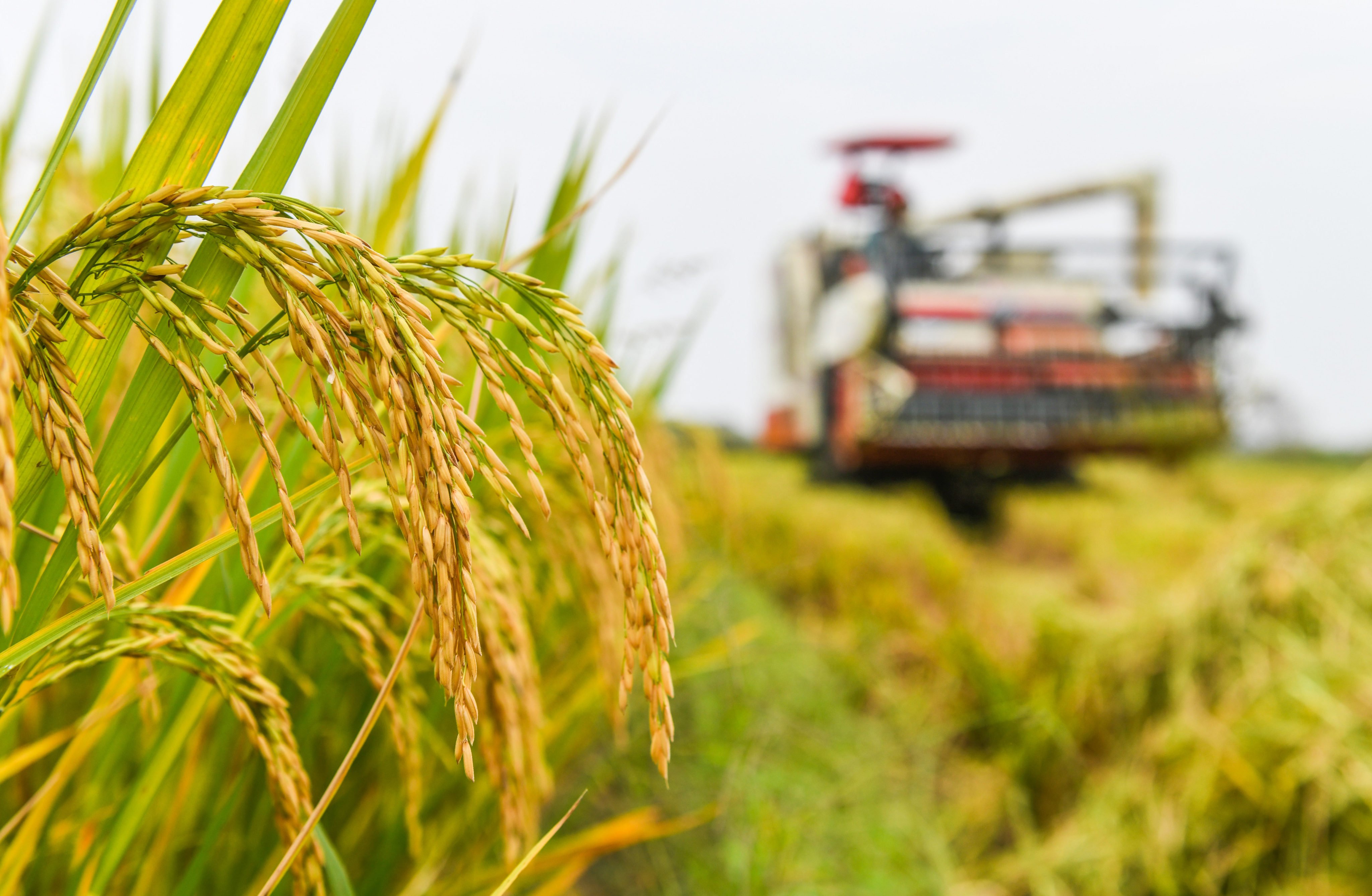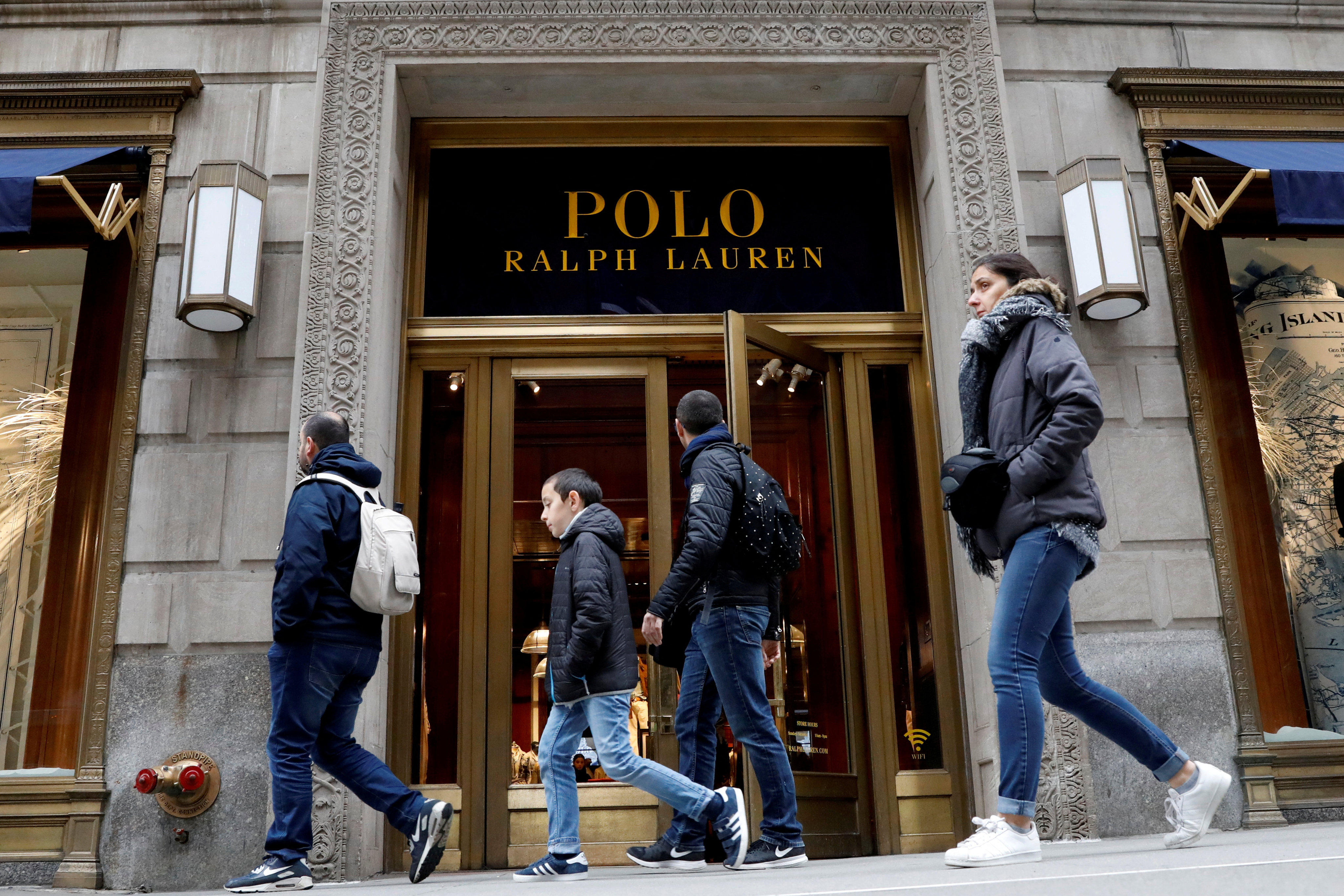TOPIC
Xinjiang cotton
Xinjiang cotton
In March 2021, Chinese social media began to buzz with the news that European fashion companies such as H&M had publicly disavowed the use of cotton produced in China's Xinjiang Uygur autonomous region, citing allegations that forced labour was being used in its production. Although some of these statements had been made the previous year, the rise in awareness led to public boycotts of the brands, and some of the products being removed from Chinese-owned online marketplaces.
Grow grains, not cotton: 1 year after US’ Xinjiang ban, China shifts focus
Cotton output from China’s Xinjiang Uygur autonomous region is expected to fall by 11 per cent from last year in 2023 as it places an emphasis on quality over quantity while also creating room for crops amid food security concerns.

Advertisement
Advertisement
Advertisement
Help preserve 120 years of quality journalism.
SUPPORT NOWAdvertisement
Advertisement
Advertisement
Advertisement
Advertisement
Advertisement
Advertisement
Advertisement
Advertisement
Advertisement
Advertisement
Advertisement
